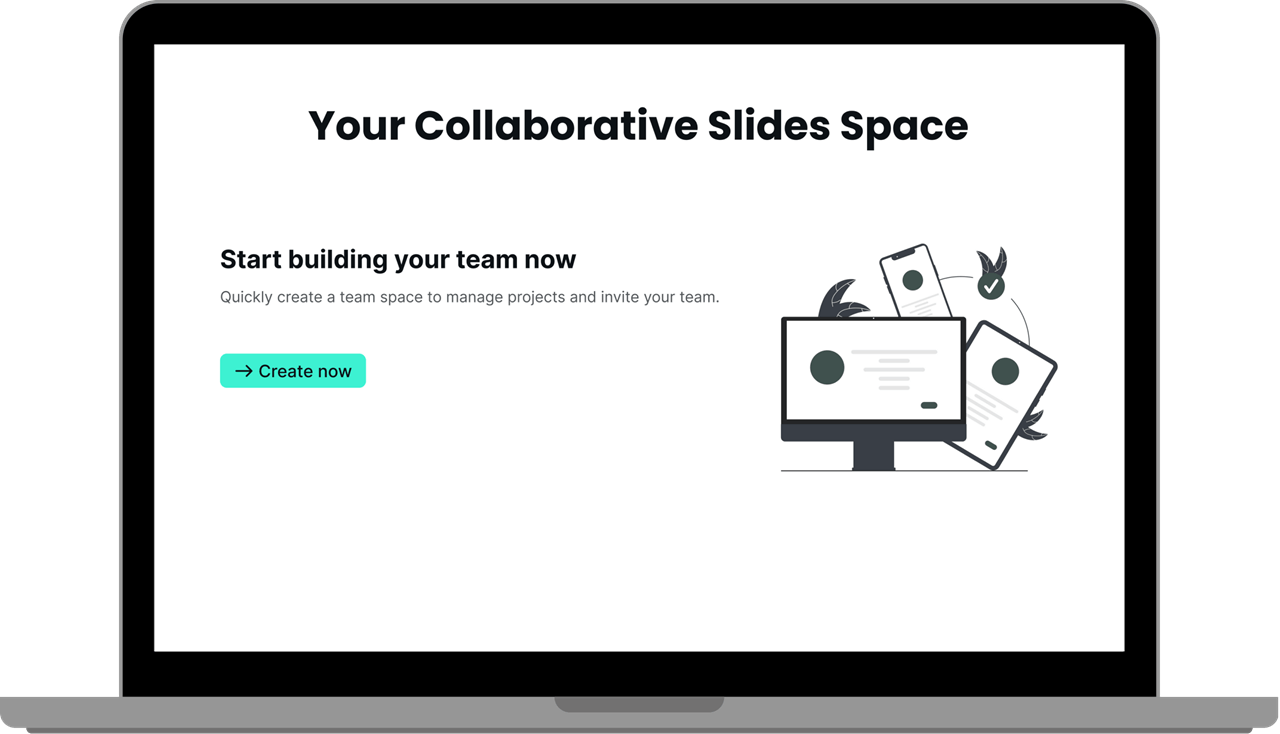
1. Introduction (5-10% of the presentation)
Greeting & Introduction: First, you need to greet the audience and introduce your basic information, including but not limited to your name, occupation, experience and background, and explain why you can give this speech.
Purpose & Objective: Describe the core content of this presentation and the purpose you want to achieve. Explain what you want the audience to hear or learn, and summarize it.
Overview: Simply list the points and structure of the presentation so that the audience can understand the general situation in advance and avoid being confused.
Engage your Audience: Output concise and persuasive points of view, and attract the audience with exquisite presentation design. Then increase the audience's sense of participation through questions and interactions to avoid losing interest.
2.Body (70-80% of the presentation)
Main Points: The entire presentation can be roughly summarized into 4-5 main points. Too few main points will make the content seem dry, and too many main points will make the entire presentation too complicated and make the audience lose patience. The main points should have a close logical connection and should not be too jumpy.
Point 1: Explain the first main point. The first main point should be the easiest to understand, and it should be accompanied by pictures or data to deepen the audience's impression. The main function of the first main point is to transition and simplify the difficulty of users to understand the following content.
Point 2: Continue to explain the second main point. The main point here is preferably the core point of the entire speech, and the following content is also an explanation or deepening of the main point.
Point 3: Explaining the third main point should be based on the previous content, providing appropriate cases, data or pictures, and it is also the section with the most content in this presentation.
Point 4: The fourth or even more main points need to be logically reasonable and closely connected. At the same time, the content should be concise, the point of view should be clear, and information overload should be avoided.

Visuals and Supporting Material: Use images, data tables, videos and other materials to prove your point, maintain visual impact and persuasiveness of content, and avoid too much text.
Engagement: During the presentation, use interactive methods such as questions and voting to increase audience participation, constantly attract the audience's attention, and avoid losing interest.
3.Conclusion (10-15% of the presentation)
Review and summarize the key points of the speech and strengthen the audience's impression of the point of view. Tell the audience what to do or what needs to be done next.
Finally, start the question-and-answer session. There will definitely be people who question or do not understand the content of the speech. You need to answer them clearly in this session.
4.Post-Presentations
Provide contact information to facilitate the audience to understand or ask questions later, to help you follow up on the speech issues and make the next speech achieve better results.
5.How to make the PowerPoint slides?
A successful speech must rely on exquisite and logically reasonable PowerPoint Slides. When preparing a speech, the production of PowerPoint is often a time-consuming and energy-consuming link. Now we can use AI to complete this task directly. You can try to use Smallppt to set up a suitable template and generate a presentation. The whole process takes less than 5 minutes, which greatly improves work efficiency.


